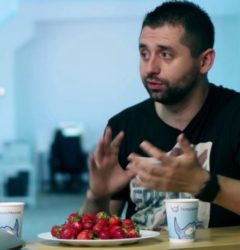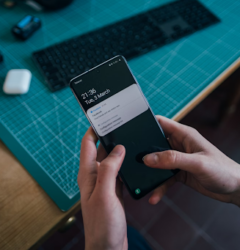The Design life of a product designer — Interview with Dan Saffer
19 Aug
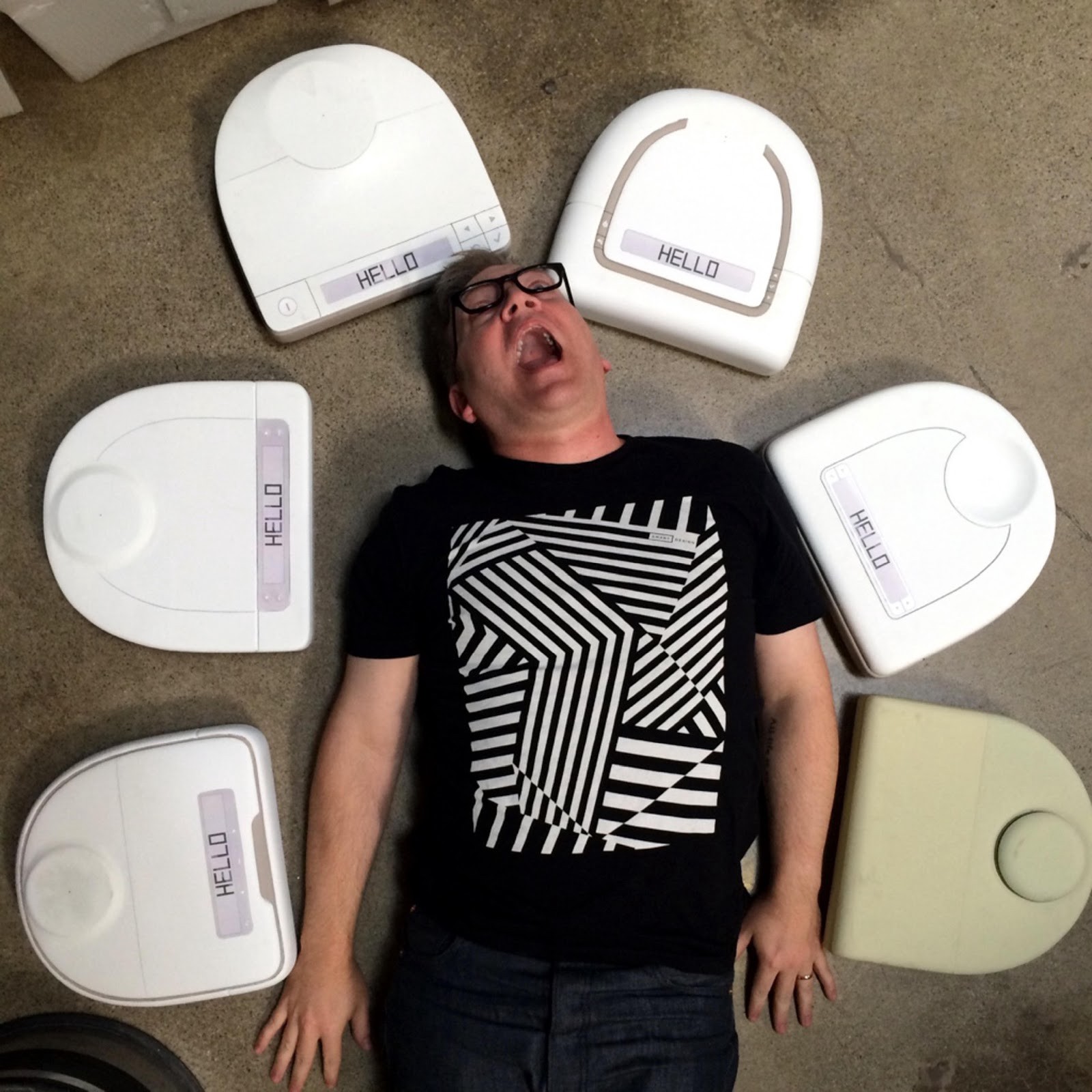
Dan Saffer is a product designer who currently works as VP of Product at Mayfield Robotics. In his 21 years of design journey (apps, devices, automotive interiors, robots…) he has got several awards in interaction design and has also written four design books, the latest one on Microinteractions. He has worked on projects for huge brands including Philips, Microsoft, Samsung, HP, CNN, Cisco, TiVo, Logitech, Autodesk, as well as for startups like Emotiv and Anybots. Also, he is a co-founder at Kicker Studio — a collective of designers, researchers, scientists, and artists to build smart products.
On a quest to find out more about the design life of a product designer, we at zipBoard interviewed Dan to learn from his journey and experiences. Our conversation focuses on topics like intends of a designer, collaboration, rapid prototyping, and much more. Read on to know more…

What made you a Product designer?
Dan: “ I suppose temperament and timing. I’ve always liked to make things and happened to be in a place where I could learn how to design and build websites when the consumer web was new, in the mid-1990s. I worked for a number of years at startups and agencies and in-house, then went back to school for my Master’s degree in design at Carnegie Mellon. Going to design school sealed the deal. No going back now!”
So you have written 4 books on design. Can you briefly explain what was the idea behind writing each of them?
Dan: “ Designing for Interaction was written as a textbook for beginning interaction designers. I taught an introductory class in it while at CMU and hadn’t been able to find a textbook, I liked for my students, so I wrote my own.
Designing Gestural Interfaces came out as touchscreens began hitting our phones and devices. At the time, there was no good book on how to design for touch (or gestures in space, the other part of the book). It was a bit ahead of its time, and then quickly became outdated as the technology moved so fast. Although the free-form gestural stuff is still very relevant.
Designing Devices was an experiment in self-publishing. As I moved in my career from doing web work to doing devices, I’d been writing short essays about it. I collected those, added some additional new material, and published them. I think the book has made about 100 bucks total.
Finally, Microinteractions came about because, at the beginning of 2012, I wrote a long list of themes to explore for the year. At the bottom of the list, I wrote “micro-interactions,” not really knowing what it was. But then I starting mulling it over and realized that the things I liked about the products, I used were all the little things, the details. There seemed to be a book there: not just on how to design them, but really on the philosophy of designing with the details in mind as well.”

Wow! You have 21 years of experience. How about sharing it with us?
Dan: “ My career has mirrored the spread of product design for the last two decades. First, I worked in desktop software and the web: on content sites mostly, but then on web applications. Then I started to do more projects on mobile phones and touchscreen devices. Then lots of internet of things devices, from TVs to stoves to wearables. And now robots. I clearly enjoy stuff on the edge of possibility.”
In all these years you have designed several things which are used by millions of people. What according to you is the best product you have designed so far?
Dan: “ The funny thing about doing the kind of design I do is that nothing lasts. Everything I’ve ever done has vanished into the digital pastor, because I worked as a consultant for many years, languishing on the shelf of my client’s offices.
My best product is the one I’m working on now, our home robot. It’s the one I’ve had the most influence over, and can really dig into all aspects of it, from the industrial design of the robot itself to the app, to packaging and the overall brand.”
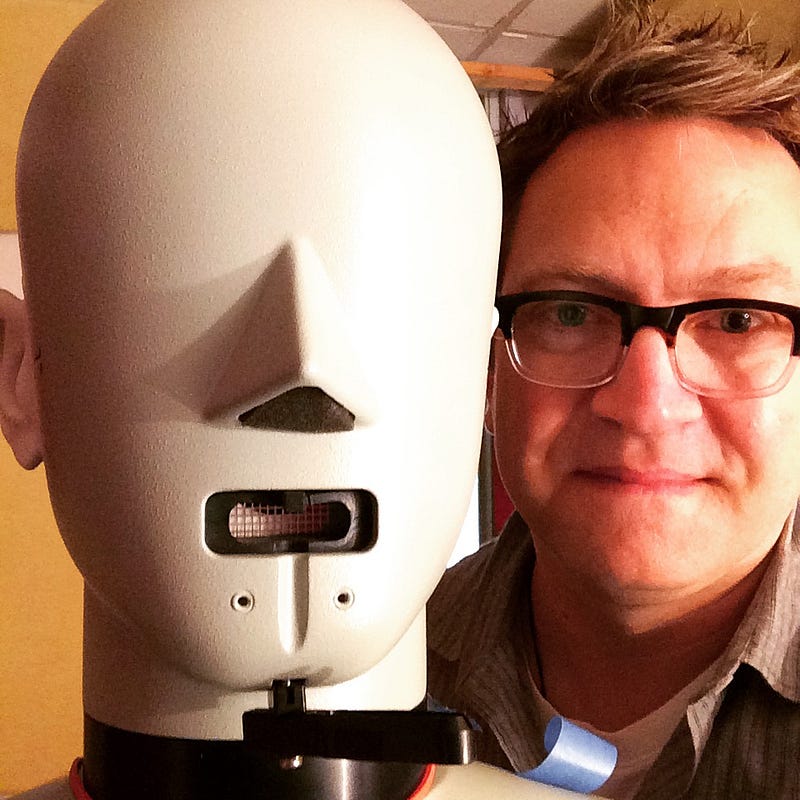
How do you collaborate with developers?
Dan: “ Extremely closely. We have developers and engineers going out with us when doing user research. We sit in, on sprint planning and help write Jira tickets so that the right features get built in the right order, the right way. We’re constantly going back and forth on Slack to discuss features and implementation.”
How fun are the workshops you take on UX design?
Dan: “ Honestly, I don’t take a lot of workshops these days. I’ve taken fun ones and dull ones. The dullest are those that treat workshops as just long lectures. Tell me something, then let me try it; are the most fun ones — and most valuable too.”
What do you think you do as a designer that others don’t. Do you have any advice for them?
Dan: “ I don’t think I necessarily do anything different than most well-trained designers do. I try to work at multiple levels: seeing the big picture as well as diving down into details when necessary. I try to live with the problem as long as possible, to see if there are other solutions beyond the obvious. I try not to fall in love with the first idea and test out multiple ideas. I try to stay open to suggestions from anyone — and steal the best ideas. I try to do more with less. I try to keep the people I’m designing for in mind during decisions. I try to use data to inform my decisions, but not be a slave to it. I try to never forget the system the product lives in, while still focusing hard on the product at the center of it. I try hard.”
“ Empathy will get you to see the problems from the users’ perspective, but not the solutions.” — by Dan Saffer at In Design, Empathy is Not Enough
How do you do rapid prototyping with your team?
Dan: “ We have an interesting problem in that, our “platform” is a custom robot, so some of our prototyping is using custom tools we’ve designed and built for the robot. But we use everything from Sketch to Adobe Creative Suite to Processing. Since my job also involves things like (horrors!) financial modeling, I also have to prototype in tools like (gasp!) Excel.”
What design means to you?
Dan: “ Design is a way of working that gives ideas form. It is the attempt to change an existing situation into something better: more beautiful, more effective, more fun, more full of possibility.
Design is not just problem solving; it’s a way of creating a more humane future.”
As a designer what social channels do you love to hang around?
Dan: “ Twitter is my go-to social media channel, where I’m the most public. Facebook and Instagram for friends and family. But I also do participate in several Slack communities for topics like Design Leadership.”
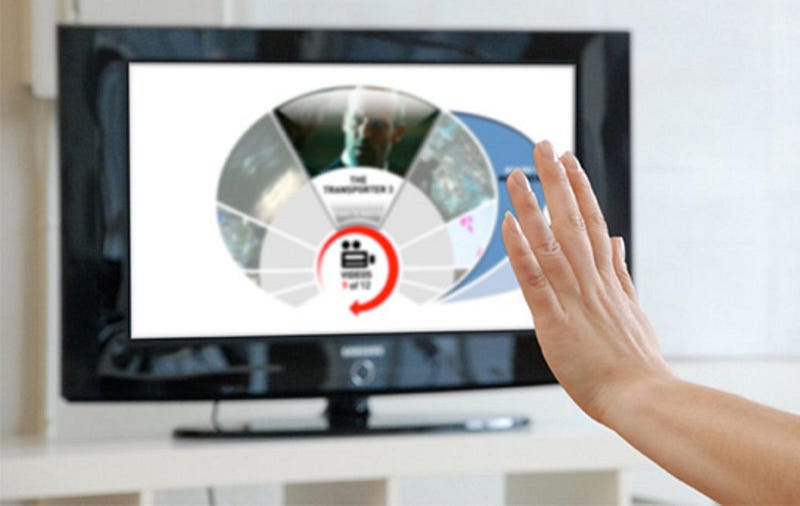
More from Dan
To know more about Dan, you can visit here or read his blog. You can also follow him on LinkedIn, medium, or quora. Catch up with all his books, articles, and presentations here.
zipBoard is still on its journey to interview great product designers; much more coming up next. In case you missed the previous ones you can visit our blog and enjoy reading the experiences of these amazing product designers.
Request Demo
Request a personalized demo of zipBoard to make your product development a hassle-free affair while collaborating remotely with your development team.
Get DemoRecent Posts
- Best Practices for Efficient Document Reviews and Collaboration December 18, 2025
- MEP Document Management: How to Streamline Reviews & Avoid Rework October 3, 2025
- What Is Online Proofing Software? And Why Content Review Breaks Without It July 11, 2025
- How Laerdal Medical Cut eLearning Review Time by 50% with zipBoard’s Visual Review Tool July 9, 2025
- Why Your Team Needs a Content Feedback System (Not Just Comments in Docs) May 28, 2025
©️ Copyright 2025 zipBoard Tech. All rights reserved.
